
When NASA’s DART spacecraft begins its final mission phase, it will see this: a 4‑megapixel view of nothing but a few very dim dots of light. At this point it’s four hours and somewhere between 54,000 and 61,000 miles from its goal — a small asteroid whose orbital path DART is going to try shifting ever so slightly.
But believe it or not, that asteroid is currently in view. It’s right here — the Didymos system.
And it’s not just one asteroid: It’s two.
The larger one, Didymos, is about a half-mile wide, just shy of the height of the Burj Khalifa in Dubai — the tallest building in the world.
Burj Khalifa
2,722 ft
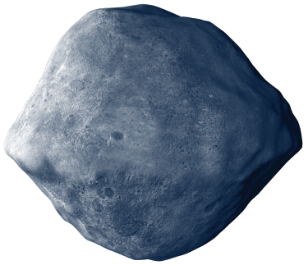
Didymos
~2,640 ft
The smaller one is its moonlet Dimorphos. This is DART’s target. At about 520 feet, it’s the diameter of the High Roller in Las Vegas, currently the world’s tallest operating Ferris wheel.
High Roller
550 ft
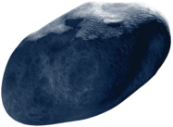
Dimorphos
~520 ft
54,000-62,000 miles
(87,000-98,000 km)
From this distance, a tiny maneuvering error could be the difference between hitting Dimorphos and racing past it at more than 13,000 miles per hour.
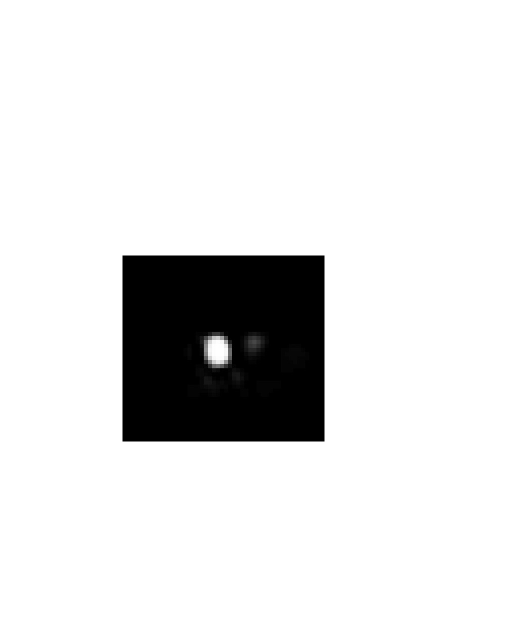
DART won’t even be able to see Dimorphos until around an hour before the collision. And even then, it will still be a tiny, faint, blurry blob.
Nobody knows what Dimorphos looks like, a detail that would help predict what will happen when it and DART collide. Telescopic and radar images have so far provided minimal clues, leaving scientists and engineers to consider a range of possibilities, most of them inspired by other asteroids.
Maximizing the likelihood that DART hits this dim, mostly unknown asteroid requires a new type of technology.
A navigation system that can direct a spacecraft entirely on its own without any human intervention.
SMART Nav
Giving Spacecraft the Power To Guide Themselves
In person, SMART Nav doesn’t look like much. It’s in a metal square that’s laced into a web of soldered wires, resistors and diodes on a circuit board. In fact, technologically speaking, it’s a microprocessor that isn’t even state of the art. It has the same power as a PlayStation 1 from 21 years ago. Your smartphone has more power.
“If you use the latest and greatest electronics that pack millions and millions of transistors into them, it turns out the device becomes more susceptible to radiation,” explained David Carrelli, a guidance, navigation and control analyst at the Johns Hopkins Applied Physics Laboratory (APL) in Laurel, Maryland, who served as the guidance and control lead for majority of the development of NASA’s Double Asteroid Redirection Test (DART) spacecraft. “It can’t fly in space without a lot of modifications.”
But what SMART Nav does is far from antiquated. It’s unlike anything used on a spacecraft before it.
Short for Small-body Maneuvering Autonomous Real Time Navigation, SMART Nav is a set of computational algorithms on DART, a mission that will test our ability to redirect one of these space rocks by striking it with a spacecraft. It’s a method that one day could protect Earth from catastrophe. And for the spacecraft’s last four hours of existence — a period called the terminal phase — SMART Nav, with the rest of DART’s guidance and navigation system, will independently find Dimorphos and guide the spacecraft into it.
From the outset of DART’s development, scientists knew the mission would need some autonomous component. Directing a spacecraft to hit a small asteroid several million miles from Earth at 13,421 mph (21,600 kph) just wasn’t feasible. The round-trip light time between a command and registering its execution would be 1.5 minutes — too delayed for a spacecraft that covers more than 200 miles every minute.
“We can’t joystick the ride from the ground, if you will” said Michelle Chen, the SMART Nav lead at APL. “So there’s a need for the SMART Nav algorithm to be onboard to make those decisions.”
SMART Nav started out as an internally developed project at APL, coming together at the same time DART was being formulated. Chen, with a team of APL engineers, led that development, knowing this type of autonomous system had to be very different from anything previous.
“Most of the autonomy that is on spacecraft is rule-based — if a sensor reads ‘A,’ autonomy responds with ‘B’,” Chen explained. “It’s all preplanned and prescribed.”
SMART Nav, and really DART’s entire guidance and control system, or G&C, couldn’t work that way. It had to be free to self-inform and make decisions on its own.

It’s about conducting the entirety of the last four hours of the mission without any human intervention.
“With SMART Nav, it’s no longer about just keeping the spacecraft in a prescribed orientation or carrying out correction maneuvers. It’s about conducting the entirety of the last four hours of the mission without any human intervention,” said Mark Jensenius, a guidance, navigation and control engineer on the SMART Nav team at APL. “It’s about locating objects in space, selecting the correct asteroid, estimating trajectory corrections and commanding maneuvers on-the-fly to achieve the higher-level directive of ‘hit Dimorphos.’”
In many ways, it was like developing a self-guided missile — a process APL has a rich history of doing.
The equations that describe a projectile built to knock an object out of the sky look a lot like the ones that describe a spacecraft built to knock an asteroid off its Earth-bound course, Jensenius said. But there are salient (and challenging) differences.
Unlike missiles, which are nimble and take only seconds, minutes or maybe an hour to reach their targets, DART takes hours of guidance and course correction, regularly inching up, down and side to side. And the spacecraft is anything but agile. Like a lumbering giant, DART’s ability to maneuver during the terminal phase is limited — just 1/10,000th of a g-force.
DART also must burn propellant when maneuvering, rather than using aerodynamic surfaces such as fins. Propellant takes up space, increases the spacecraft’s weight and, importantly, can significantly drive up the mission’s cost. So DART is designed to operate with a minimal amount of propellant, which must be used judiciously.
“We have to be really clever about when we do and don’t maneuver,” Jensenius said, tweaking the algorithms so no matter what DART encounters, SMART Nav will make the smartest choice about when and where to maneuver.
“And then we need to be able to collect data at the very end of this,” he added. Because of its 18-meter-long (59-foot-long) solar panels, DART shakes with every maneuver, which causes fuzzy images. That’s not a problem for SMART Nav; so long as the G&C system keeps the spacecraft facing the right way, SMART Nav can still find Dimorphos and set course. But for scientists trying to track individual craters so they can deduce precisely where DART impacts, blurry images are problematic. So the spacecraft has to coast for the last couple of minutes of its existence.

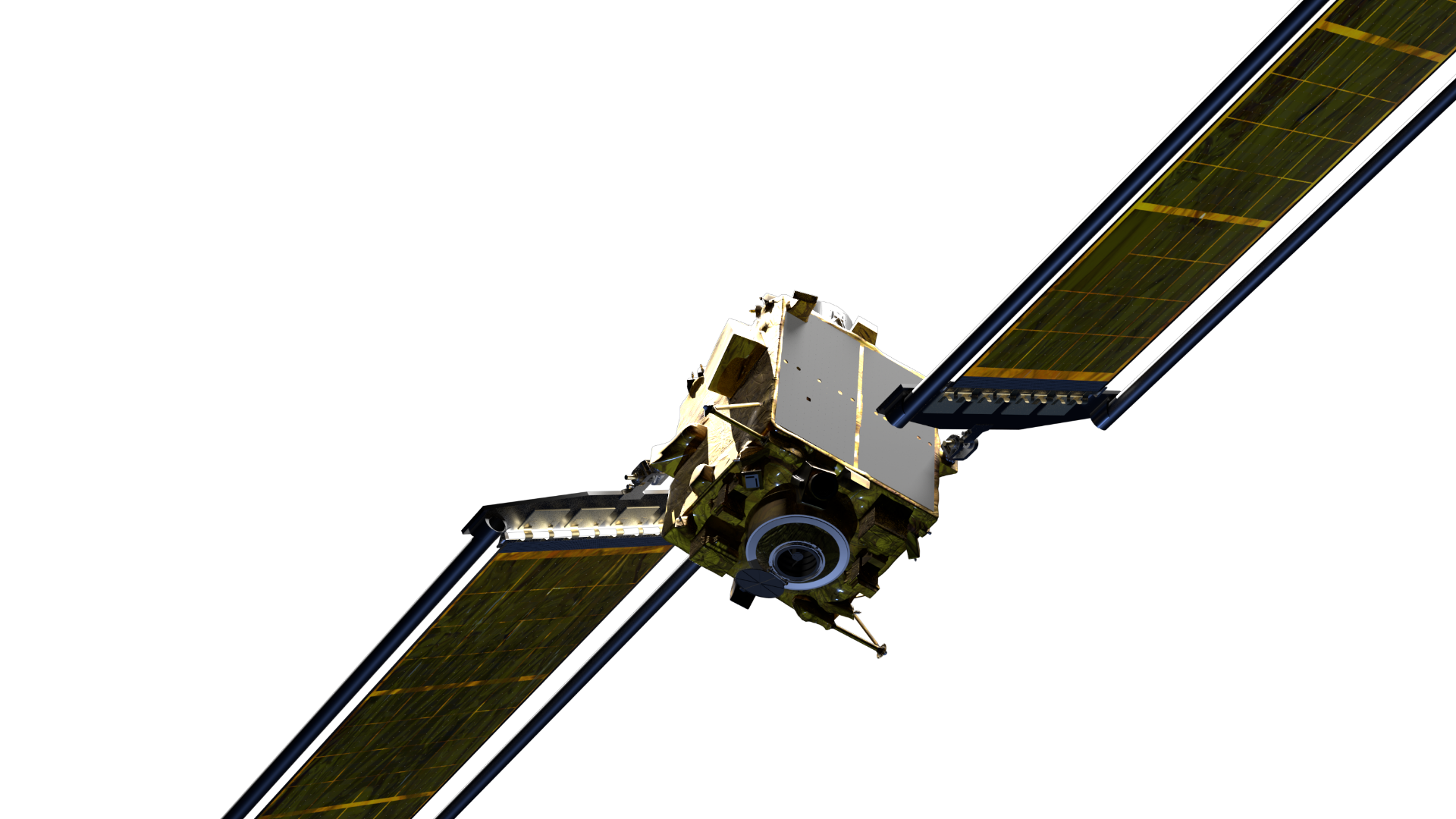
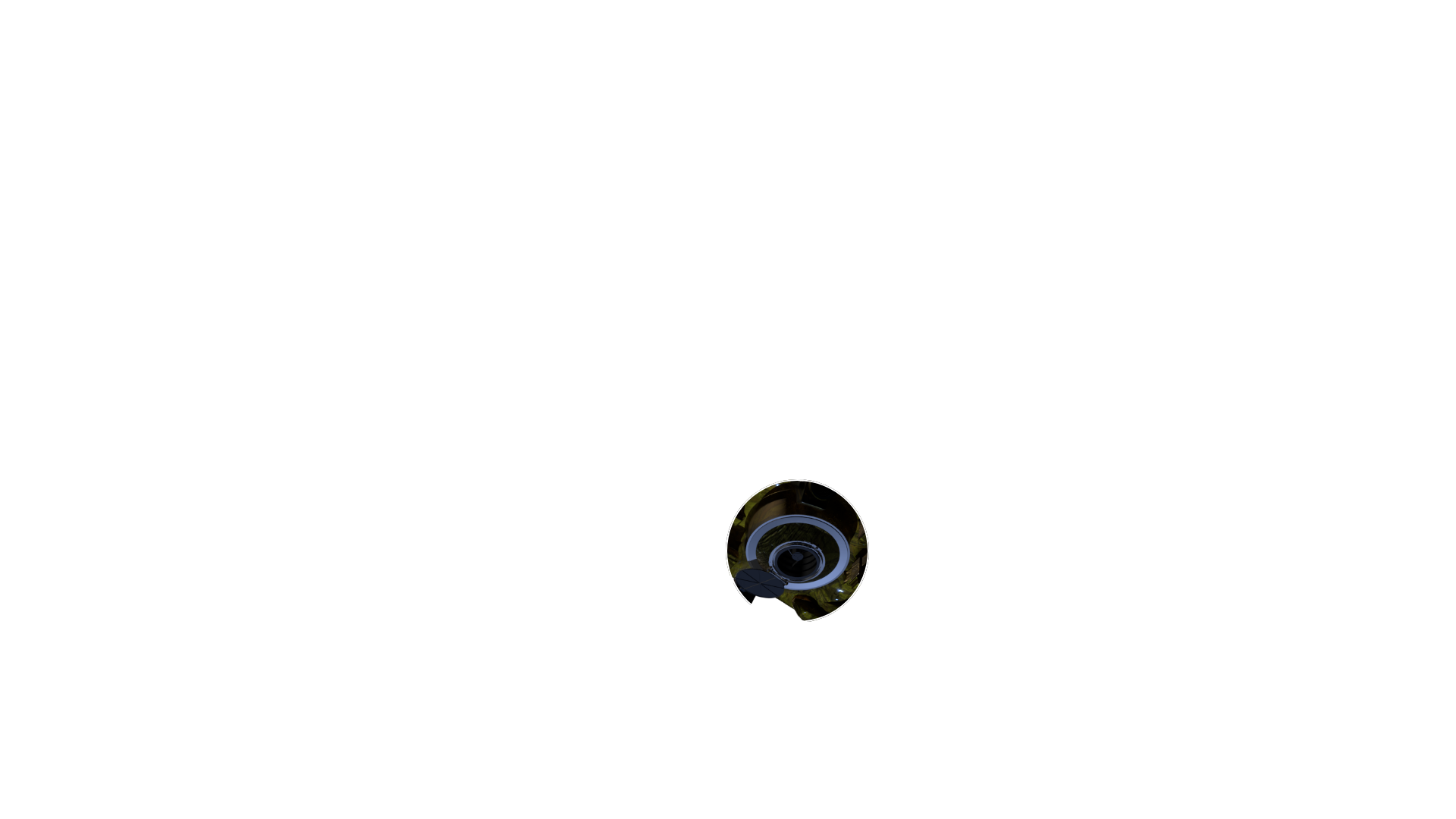
Finding an asteroid and gradually flying toward it means the spacecraft has to be able to see it and command how to get to it. So, DART has the equivalent of an eye and a brain.
DRACO (the Didymos Reconnaissance and Asteroid Camera for Optical navigation) functions as DART’s eye. It’s a high-resolution camera that tells the spacecraft what’s currently in view and provides close-up images of Dimorphos.
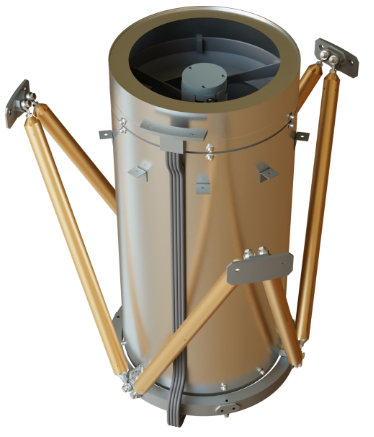
SMART Nav, in conjunction with the spacecraft’s G&C system, acts as DART’s brain. It sends commands to the spacecraft on how to move side to side so it stays on course.
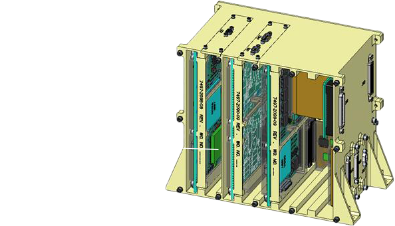

DRACO is like looking through six-and-a-half soda straws taped together. That’s the kind of image that we’re getting.
Yet even with that narrow, faint and occasionally blurry view, SMART Nav can find the two asteroids and target the correct one using a series of algorithms. Here’s how it works:
Detection-Blobbing: Find the Didymos system — Once DRACO takes an image, it forwards the picture to the detection and “blobbing” (yes, that’s the technical term) algorithm to identify the “blobs” of light that should correspond to Didymos and, eventually, Dimorphos.
Centroiding: X marks the spot — Once the asteroid blobs are identified, the centroiding algorithm finds the “middle” of each one.
Targeting: Find the asteroid we want to hit — The targeting algorithm takes those two centroids and marks the smaller of the two.
Guidance Filter: Predicting the future — The guidance filter then deciphers where Dimorphos will be in the near future relative to where the spacecraft is currently headed and considers how the spacecraft should move so it remains on course.
Maneuver Logic: Considering other variables — The maneuver logic component builds on the guidance filter’s estimate by adding how the spacecraft should maneuver to make the best use of the remaining fuel. Then it tells DART how to move.

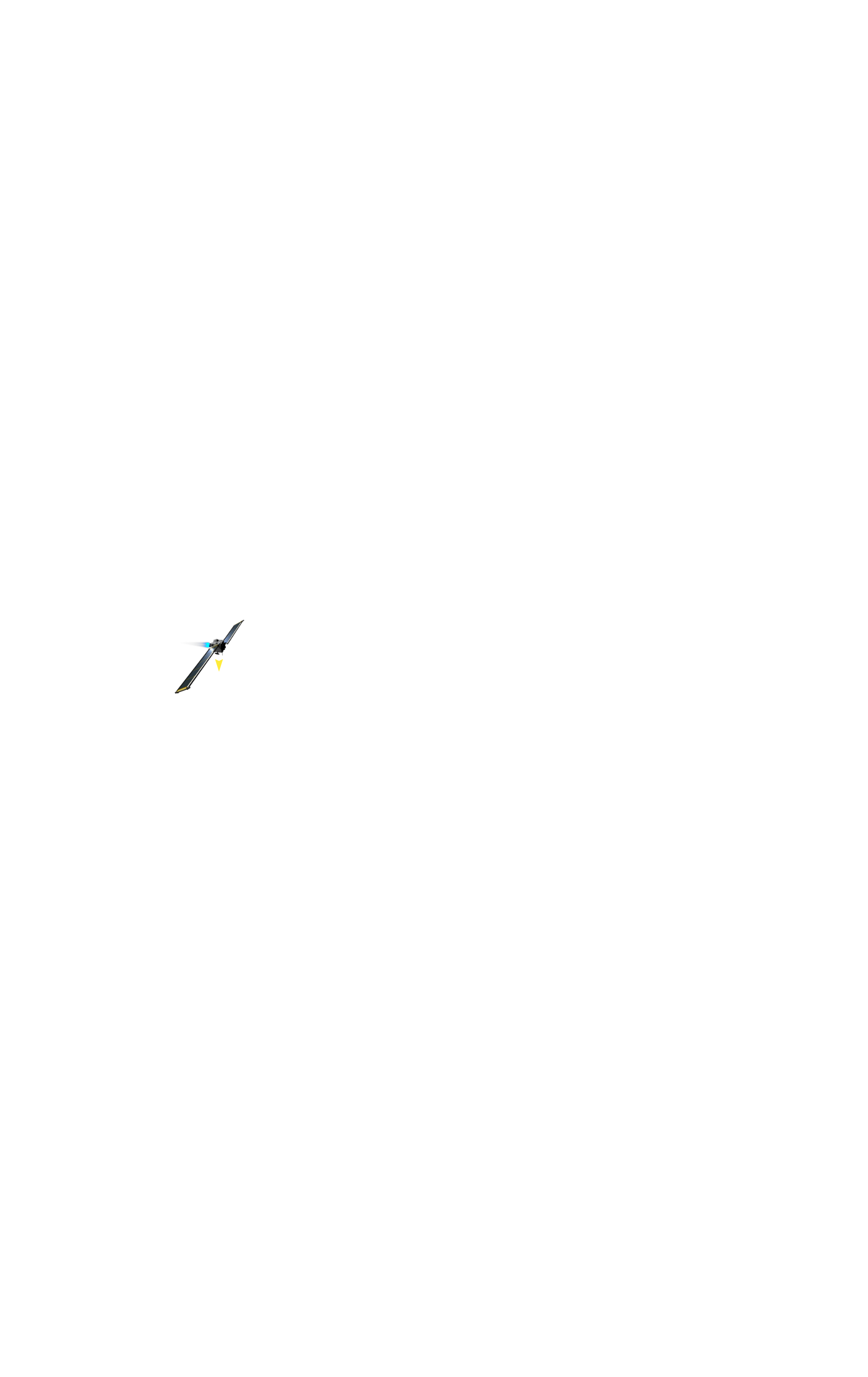
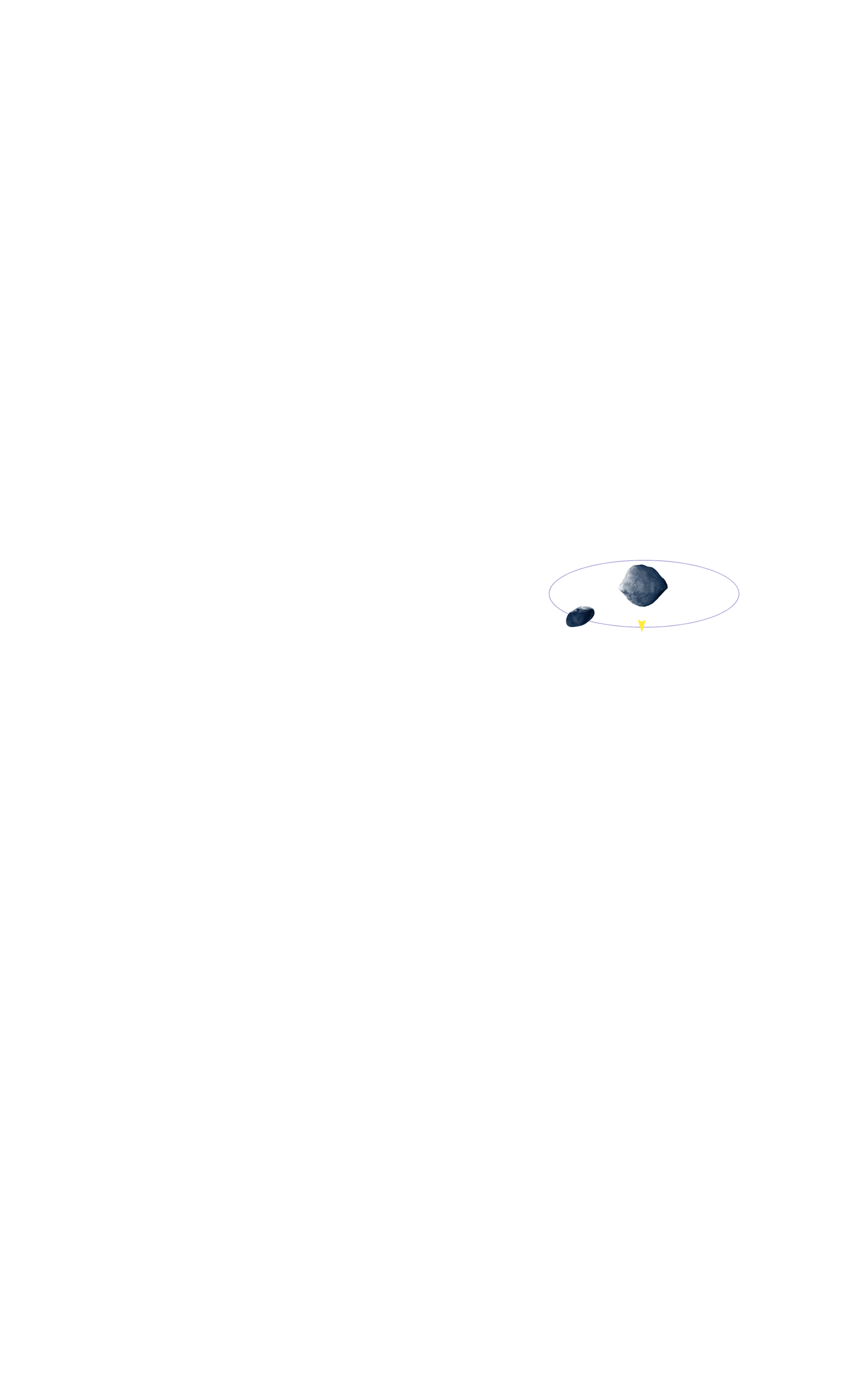
~500 miles
(~800 kilometers)

If you look at that on a map, it’s as if we were over the Indy 500 when we stop maneuvering, and then we simply coast all the way to Baltimore and land inside Camden Yards.
Every step should, in theory, direct DART to Dimorphos to strike it head on. But how can we be certain it will?
Since joining APL in 2016 as a software engineer, much of Peter Ericksen’s time has been consumed by modeling DART’s collision (or complete miss) with Dimorphos — again and again and again.
He works with a program called the renderer and camera emulator, or RCE. It was designed by engineers on the DART G&C team at APL to simulate what the DRACO camera will see during DART’s last four hours.
“It’s a pretty complex simulation,” Eriksen said. It combines a ‘truth model,’ which models the spacecraft’s sensors and physical realities of space — gravity, the Sun’s location, the Didymos system’s movement — with flight software coded specifically for the DART mission.
The simulations are like target practice. Each runs the final four hours, with the Didymos system initially a tiny dot no bigger than a pixel. And as the spacecraft gets closer, that single point of light divides into Didymos and Dimorphos until DART (hopefully) hits.
Of course, building a simulation of DART hitting an asteroid nobody has seen before proved tricky. After all, the shape and texture of each of the system’s bodies could affect whether SMART Nav isolates the correct asteroid or not. But what do you make the asteroid look like?
“We could make the Didymos system look like a donut if we wanted to,” Chen joked. It sounds ridiculous, but she isn’t far off.
Dog bones, squashed potatoes, spheres, even rubber ducks — all have made it into the pantheon of asteroid shapes the team has simulated. Imaged asteroids or binary systems inspired most of them. Asteroid 25143 Itokawa, for example, resembles a potato. 2 Pallas is mostly spherical. 216 Kleopatra, oddly enough, looks like a dog bone. And the rubber duck — well, why not?
And it wasn’t just shape that the team altered. They changed how much the asteroid reflects light, in case that might “distract” the targeting algorithms. And they added fuel properties to estimate how much fuel would be lost — all to see how each property affects SMART Nav’s guidance and targeting algorithms.

I feel like we’ve been so prepared for this.
Early on, DART frequently missed Dimorphos. “There’s a lot of stuff gone wrong, and usually it was kind of an all-or-nothing deal,” Ericksen said. Either every simulation hit Dimorphos, or they all missed, regardless of what the asteroid looked like.
The team learned problems could arise for all sort of reasons, and had to tweak the algorithms to compensate for each one of them. DRACO, for example, could be oriented so the spacecraft points in the exact wrong direction, or shadowing on Didymos could make it appear as though it were split in two, causing the spacecraft to single out the wrong “blob.” There’s also a slight chance that there’s a third object in the Didymos system — a much smaller, more distant moonlet nobody has detected yet. The team needed to include ways for the algorithms to differentiate such a tiny blob much farther from the Didymos system from the blob it needs to hit.
How long each simulation takes depends on the level of detail it’s striving for and the rate that the team runs the algorithms — once per second or once every two seconds. But with everything running at full fidelity, it can take up to 12 hours to simulate just one four-hour terminal phase. The team usually runs around 300 simulations at a time, Ericksen said. He estimates they’ve run somewhere between 10,000 and 20,000 simulations of just the terminal phase, not to mention the other mission phases up to that point.
With that many simulations under its belt, the team has separated the wheat from the chaff, gradually tweaking each of the parameters in SMART Nav’s algorithms to improve the robustness of DART’s performance. It won’t be until DART launches that the final refinements will be added. Certain things, such as how the spacecraft’s sensors will respond when the thrusters fire, can’t be checked until it’s actually in space. So after running the spacecraft through a series of planned in-flight tests, the team will update their simulations based on what they find and then check whether the algorithm parameters need some final tuning before the real show begins.
This DART simulation video shows how the spacecraft gradually tracks and zeroes in on Dimorphos. The left display shows the information that is downlinked from the spacecraft. It’s a subset of the overall image that’s selected to contain the targeted asteroid. The full image is in the bottom right, with a yellow box highlighting the downlinked portion. Once the system identifies Dimorphos and calculates the necessary maneuvers to keep the asteroid in view, it fires the spacecraft’s thrusters, as shown in the upper-right display.
Although meant for DART, SMART Nav’s ability to independently guide a spacecraft to a target for hours opens a floodgate of possibilities in space exploration. The idea that you can locate and fly into an asteroid is closely related to locating and flying really close to an asteroid. Instead of hitting the object, you avoid it — something similar to when NASA’s New Horizons mission sped 1 billion miles beyond Pluto to fly by Arrokoth, a bizarre, 22-mile-long Kuiper Belt Object resembling a dirt-covered snowman.
“SMART Nav could be used for a spacecraft to find its own target to fly by like that,” Chen said. “It can be applied to any mission that is bandwidth-limited as well as any small-body mission where you don’t have a priori information.”
Carrelli noted the applications extend even further.
“Truth be told, the missions of the future are going to require more and more autonomy to be successful,” he said. “The problems are getting harder. The distances at which we need to operate are going to get bigger — much bigger.”
Interstellar Probe, for example, is a conceptual APL-led mission that proposes launching a spacecraft hundreds of astronomical units, or Earth-Sun distances, from the Sun in just 50 years. (For scale, Voyager 1, the current record holder for the most-distant spacecraft, is 152 astronomical units from the Sun. It’s been traveling for 44 years.) It would be the fastest, farthest and most ambitious space mission yet. And with a round-trip light time of roughly 11 days at its farthest point, it would certainly need to operate autonomously.
DART, then, is a proving ground not only for capabilities to redirect an asteroid but for the autonomous technology that could define the capabilities of future space missions. DART’s success is largely SMART Nav’s success.
“How do we define success? Success is we hit the asteroid,” Carrelli said. “And secondly, that the scientists can actually observe the effects of hitting the asteroid.”
So long as DART accomplishes the first objective, the latter is pretty much guaranteed. The final 2.5-minute cruising phase will keep images sharp. And the Italian Space Agency’s Light Italian CubeSat for Imaging of Asteroids, or LICIACube, will capture images of the collision from a distance.
But the very slim chance of DART missing the asteroid altogether, or even hitting the wrong one, is not lost on anyone.

How do we define success? Success is we hit the asteroid.
Those real moments as DART, completely self-directed, treads closer and closer to (hopefully) Dimorphos have people already portending the full range of emotions. Some expect they’ll feel elated, bolstered by the years of preparation leading up to a historic moment. Others are certain they’ll be locked away in a bathroom stall, sick from anxiety.
Chen, for one, is cool and collected about it. “I actually sleep really well,” she said, laughing. She admitted she’s probably strangely calm, especially considering that, in truth, there is no Plan B if DART does miss. There is only Plan A: Hit Dimorphos, and “just sit there and give each other high fives along the way,” she said.
If absolutely necessary, the team can take the reins again up until the last half hour before impact — a sort of ‘point of no return.’ After that, the spacecraft is on its own no matter the scenario.
With so many simulation hours and years of preparation under their belt, though, nobody expects intervening will be necessary.
“I feel like we’ve been so prepared for this,” Chen said.
It’s now just a matter of waiting for that tiny, pixel-sized point of light to come into view and watching SMART Nav work its magic.
Media contact: Jeremy Rehm, 240-592-3997, jeremy.rehm@jhuapl.edu
The Applied Physics Laboratory, a not-for-profit division of The Johns Hopkins University, meets critical national challenges through the innovative application of science and technology. For more information, visit www.jhuapl.edu.
